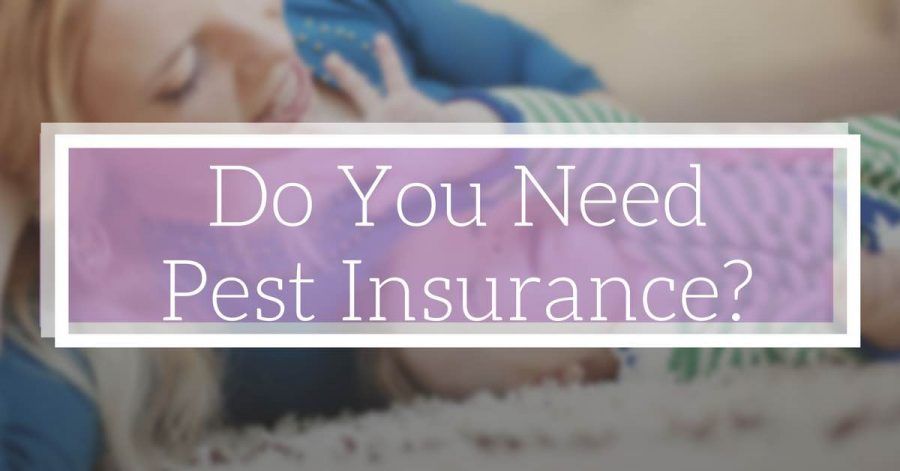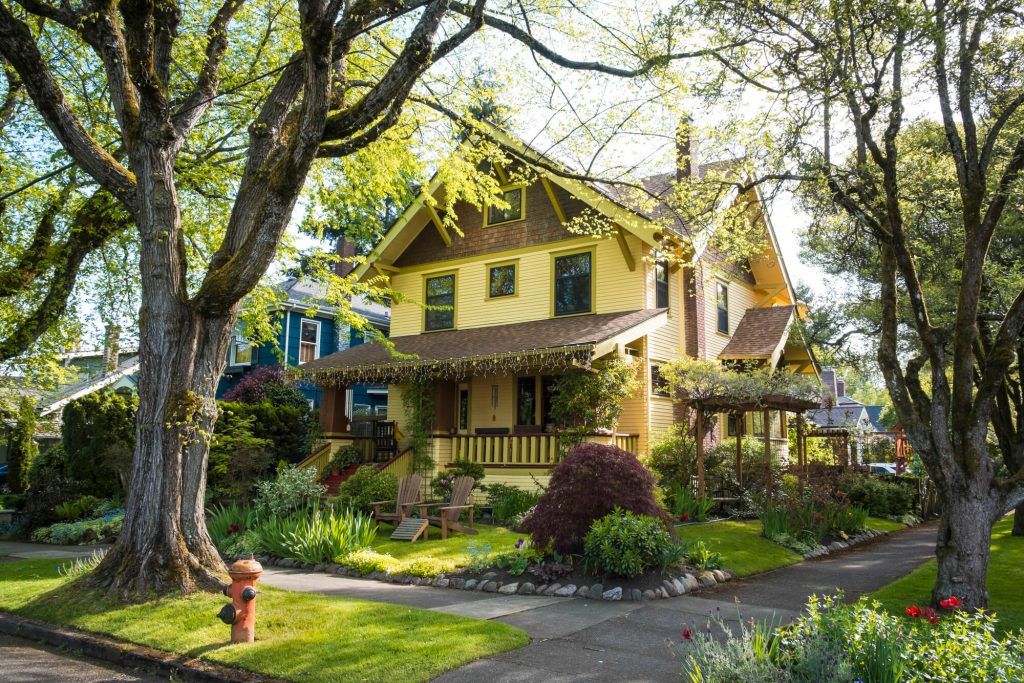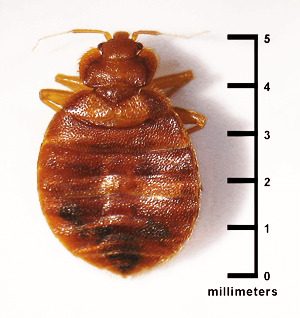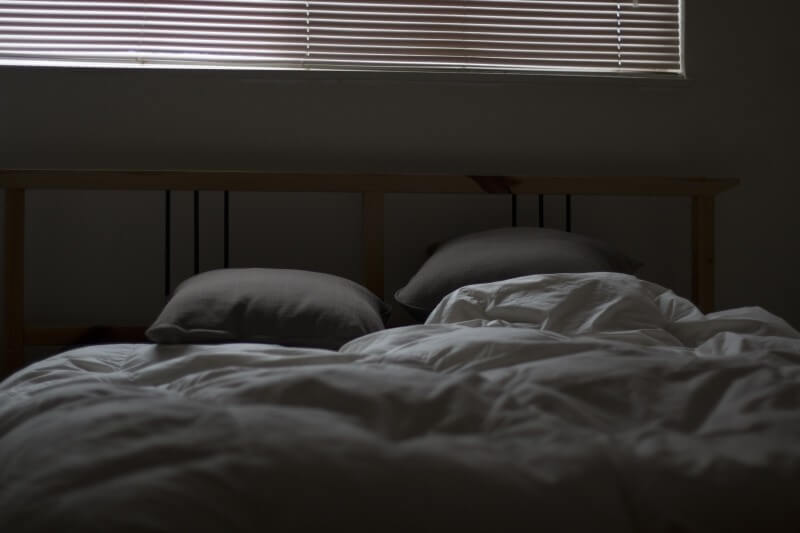How to identify a bug by stains, spots, trails, and more!
The best way to know if your home is infested with insects or rodents is an inspection from an experienced exterminator. However, there are some warning signs you can be on the lookout for. In today’s post, we’ll talk about the 7 most common pests in the Portland and Vancouver area, as well as how to spot them!
1. Ants
Who in the Portland area hasn’t walked into their kitchen and seen a line of tiny black ants marching towards an almost invisible speck of food on the counter? Here in the Pacific Northwest, you’ll likely start to notice signs of ant infestations during the springtime. Ants become more active after the colder winter months.
However, ants aren’t just a pest! Moisture Ants and Carpenter Ants can do damage to your home’s wood structure or to trees on your property. Here’s what to look for:
- Moisture Ants – About ⅛” long and are yellowish-brown in color. If you see them in your home (particularly in the bathroom), they may be a sign of rotting wood caused by leaking pipes or built-up moisture. Outdoors, look for moisture ants in dead or decaying trees or stumps. If needed, have the tree inspected and removed.
- Carpenter Ants – Carpenter Ants are bigger than other ants and build hollowed out nests in the wood of trees and buildings. Look for sawdust-like shavings and small openings in any exposed wood on the outside of your home. If your home has moisture problems, it’s more likely to attract Carpenter Ants.
- Soil Ants – One of the most common Portland pests, you’ll often find these small black ants searching out food in your home. Spilled juice, bits of pet food, even tiny crumbs can attract these unwanted pests!
2. Spiders
Spiders are an important part of the ecosystem, eating a variety of insects that you might not want in your home! Unfortunately, however, spiders do bite humans on occasion. Depending on the species, the bites can be itchy and painful and can even become seriously infected.
Spiders are commonly found in:
- Wood piles
- Dark nooks and crannies
- Crevices around windows and door frames
- High places that aren’t cleaned often
- Crawl spaces and attics
Be extra careful when cleaning in these areas as most spider bites occur when spiders are startled or provoked by a human.
3. Rats & Mice
There are several species of rodents found in the Pacific Northwest. Mice are generally smaller (with a body around 3” in length) while Rats might be twice that size. Rodents reproduce quickly, so it’s important to catch an infestation in its early stages. Be on the lookout for:
- Droppings – Even a single small House Mouse can produce over 50 droppings per day.
- Damaged Food Containers – Rodents can easily chew through cardboard food boxes. Rats can even chew through plastic!
- Unusual Sounds – Especially at night (when rodents are most active), you might hear rustling within your walls or along floorboards.
- Dark Marks on Walls – Norway Rats, the largest rats in our area, will leave dark marks on walls where they rub their oily fur.
- Changes in Your Pets – Pets (especially cats) may get very interested in an otherwise unremarkable area in your home if they hear, see, or smell rodents.
4. Bed Bugs
Bed Bug infestations can be very stressful. Everyone’s heard the horror stories! In addition, Bed Bug bites can be painful and itchy! Here’s what to look for:
- Travel Safely – Inspect hotel rooms for signs of Bed Bugs. Also check the Bed Bug registry online before making reservations.
- Check Your Mattress – Look for reddish-black spots along the edges, seams, and underside of your mattress. These are a very common sign of Bed Bug infestations.
- Common Bite Pattern – About 80% of people are allergic to Bed Bug bites. Bed Bug bites swell up and look blotchy and red. Another telltale sign is 3 or 4 bites in a straight line.
- Think Before Buying Used Furniture – Besides traveling, one of the most common ways Bed Bugs enter the home is through used furniture purchases. So carefully inspect anything before you bring it into your home!
- Look For Tiny Blood Spots – If you suspect a Bed Bug infestation in your home, switch to white sheets on your bed. In the morning, look for tiny red dots. These are small drops of blood from Bed Bug bites.
5. Moths
Moth infestations can ruin food and damage your favorite sweaters! In the Portland area, there are several common species of Moths. However, contrary to popular belief, adult moths aren’t a danger to your clothes or pantry! Instead, it’s the larval (juvenile) moths that are the troublemakers.
That said, if you’re seeing lots of adult moths in your home, it’s likely that they’re laying eggs which will turn into potentially-damaging larvae. Adult moths are attracted to light, so inside your home, you’re likely to see them flying near lamps, overhead lights, and TV screens.
If moth larvae are present, you’ll likely see these signs:
- Silk threads and webbing
- Larval casings
- Damage to wool
6. Wasps, Yellowjackets & Hornets
For the most part, Wasps and Hornets are considered beneficial insects because they usually feed on other insects. However, when they nest near (or inside) a home, they need to be removed. People who are allergic to their stings can suffer life-threatening allergic reactions if stung. Even if you’re not allergic, stings can be very painful!
The most obvious signs of Wasps and Hornets are their papery, egg-shaped nests. Look for nests in trees near your home, tucked into the eaves of your home, or anywhere else that’s protected from the elements. Yellowjackets on the other hand, usually build nests underground or in a confined space. These can be much harder to spot! Keep an eye out for Yellowjackets swarming around the ground.
7. Termites
In the Pacific Northwest, we have both Dampwood Termites and Subterranean Termites.
Dampwood Termites (as their name implies) prefer to eat wood that’s wet and has a consistent source of moisture. Most often, this means Dampwood Termites will be found in logs, stumps, and dead trees. Unfortunately, they can also burrow into homes where exterior wood touches the ground or where wood is dampened by leaky pipes. Subterranean Termites, on the other hand, usually live underground and burrow into the wood from underground nests which can be up to 30 feet below the surface.
Termites can cause serious damage to your home or any other wooden structure. Be on the lookout for:
- Termite Swarms – Winged Termites swarm in the air on dry days during the spring.
- “Layered” Wood – As Termites eat away at wood it will take on a “layered” appearance.
- Tunnels – If you see wood with tunnels bored into it, that’s a sign of a Termite infestation.
- Feeding Tubes – Subterranean Termites may use feeding tubes made of mud to reach wood that’s above ground level. If you see these, DO NOT disturb them as it can cause the colony to move and become harder to eliminate.
Sleep Easy With Year-Round Pest Protection
At EcoCare Pest Control we’ve developed a year-round pest protection service called Pest Insurance. With Pest Insurance, you won’t have to spend your time wondering and worrying about potential pest and insect infestations. Instead, we’ll make regular visits to your home to seek out and eliminate 39 different types of pests.
You won’t be bothered by any covered pest again, or we’ll correct the problem at no additional cost! Compared to individual service calls, Pest Insurance can save you hundreds of dollars every year- not to mention the added peace of mind knowing that your home is safe from insects and rodents.
Want to learn more? Contact us today.




























